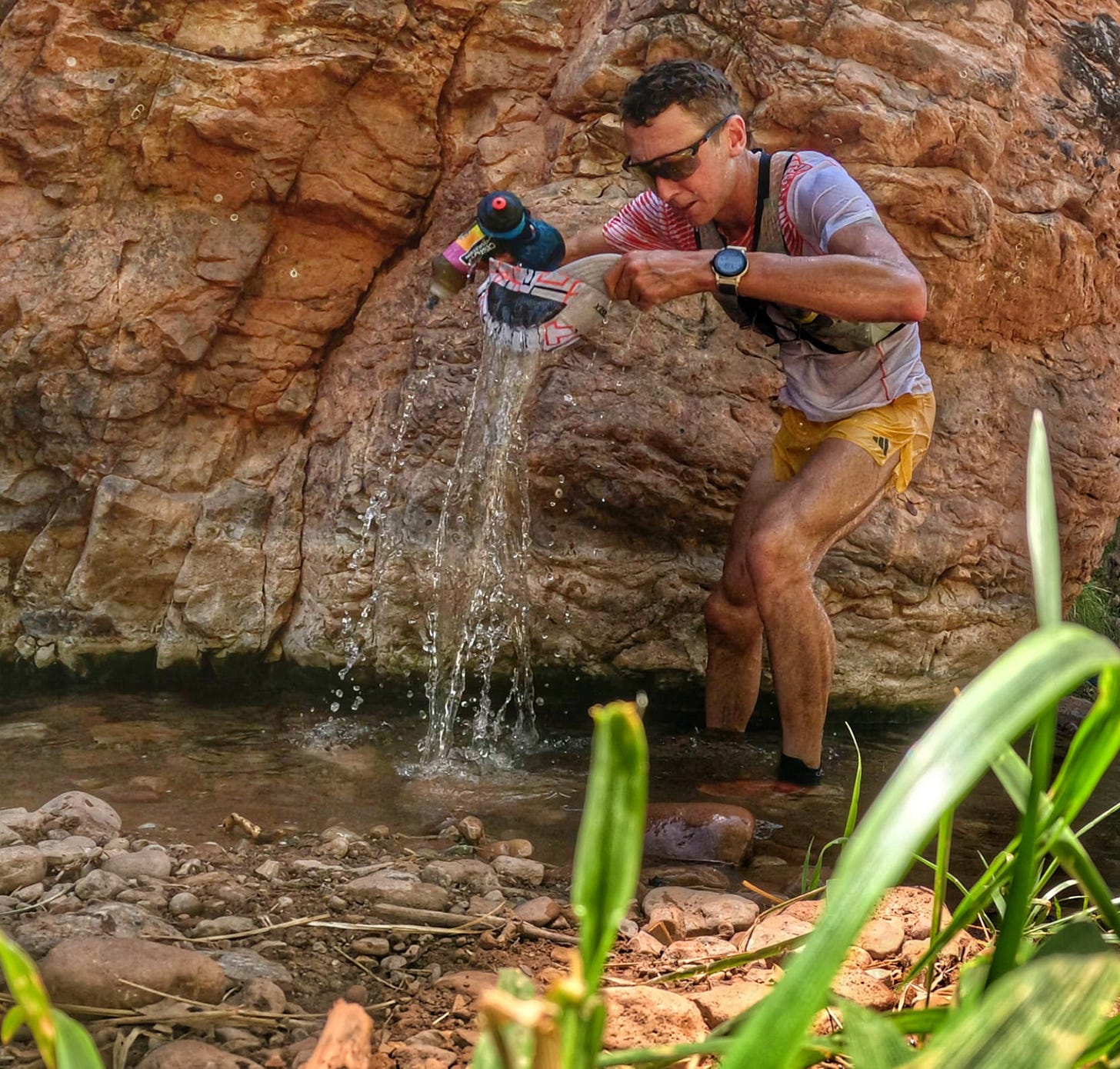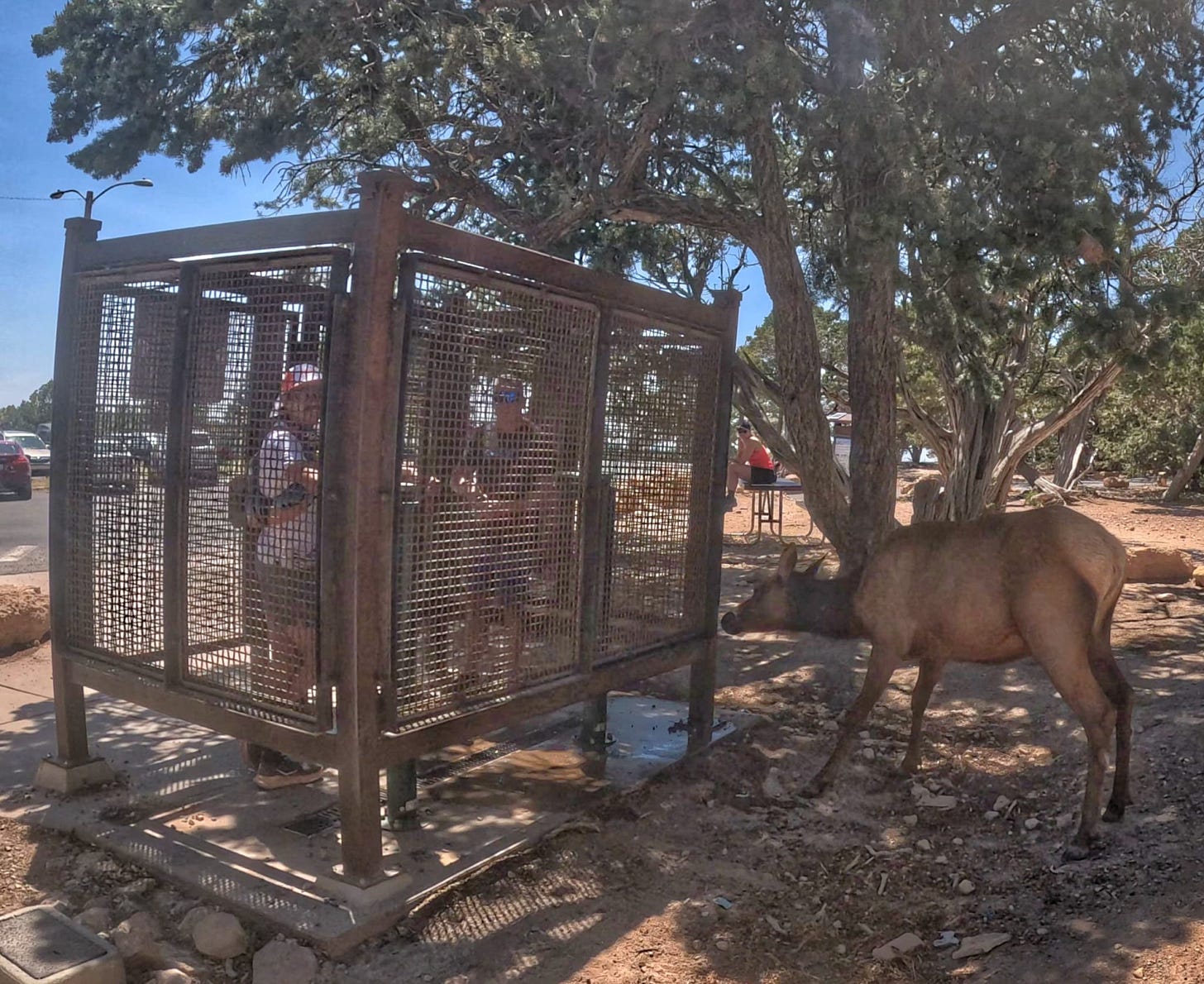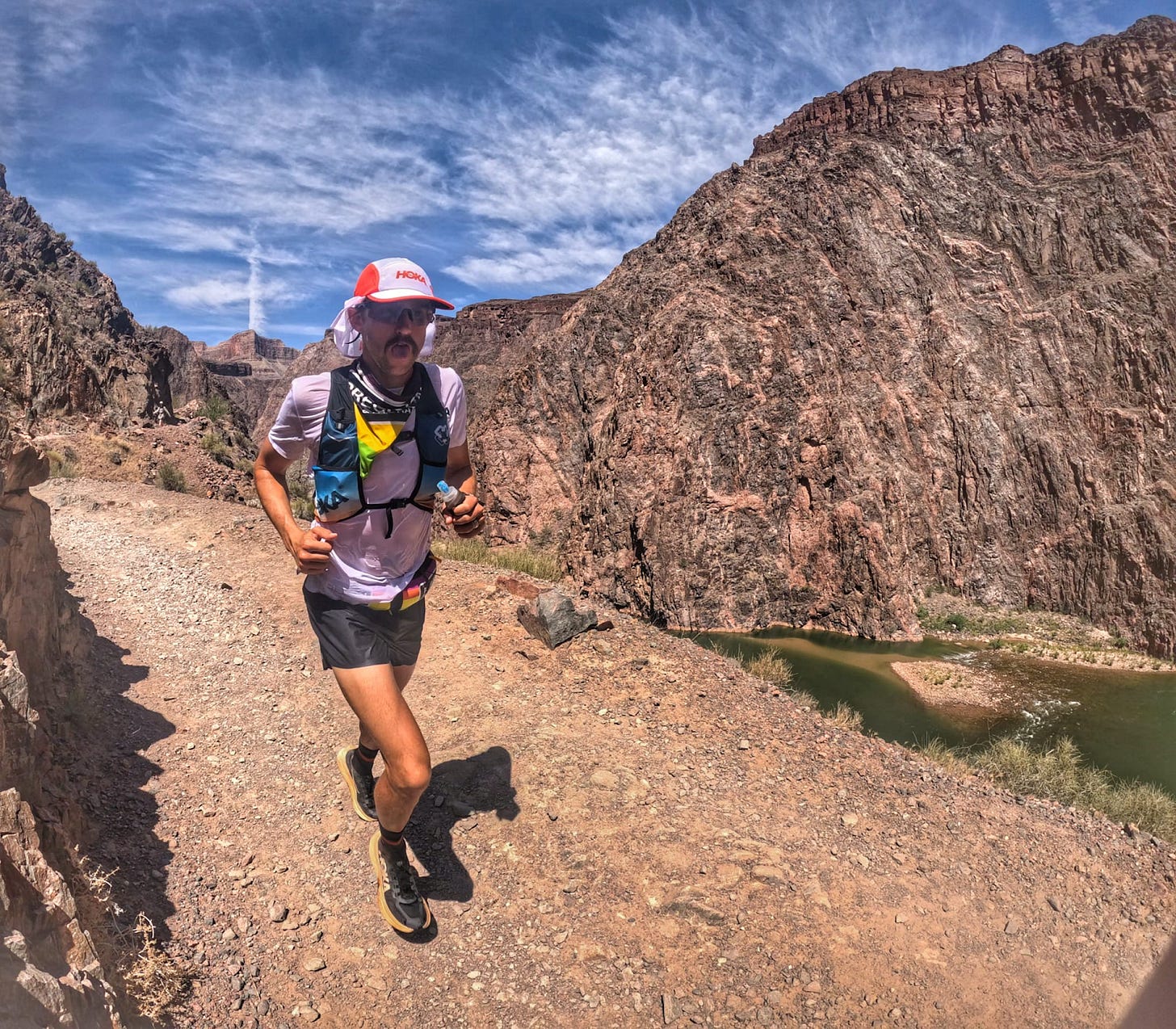Thanks for opening the email, or clicking through to Lessons from the Long Run. We’re now 40 lessons deep, and getting close to having our tight community reach 1000 members. The support you’ve shown to these weekly blogs really has been humbling. For those of you who’d like a little more insight (for the cost of coffee a month - $5 NZD) we’d love to have you join our paid subs group. This week I’ll be sharing a video recap of the week, and at the end of the month we’ll have a detailed Western States recap session.
You’ve probably heard the saying “Ignorance is bliss”, and along similar lines, “What you don’t know can’t hurt you”. Well, I’ll tell you what - It can!
We don’t go and do course reconnaissance and train specifically for race day conditions for no reason.
No, as race day approaches you want to tune your body in a way that creates physiological adaptations. Preparing on course-specific terrain that assimilates the expected conditions you’re going to face.
A fully prepared athlete will go beyond this and also prepare for unexpected but possible conditions. This will not only push the body to adapt further but can be used to calm the mind. Knowing that what lies ahead has been managed before, can create a psychological advantage. Which, in ultra running, can ultimately be the difference between a podium finish vs not, or making the cut-off vs a DNF.
In recent articles, I’ve talked about the Western States training camp and getting reacquainted with The Canyons and Auburn trails. Since then, workouts have been targeted that closely match vert and terrain.
However, there is one variable in Western States that has the biggest influence on your race outcome. That is the heat.
You know where I’m going with this. To deal with heat you have to get used to heat. Around here, the best place to train, where undoubtedly it’s going to be hot, is the Grand Canyon.
Hayden and I planned a route from the North rim to the South rim to the North rim, with a night in between to recover. We wanted a good heat stimulus, but decided on doing the rim to rim to rim over two days to ensure we didn’t overdo it. With three weeks until Western States our time for recovery is shorter so you really have to make sure that the training efforts have a purpose. The purpose was heat acclimation, not a massive over-exertion stimulus.
Anyway, our adventure/training mission was tough enough as it was. We set off just before midday, making our descent into the Canyon comfortably. From here things heated up. Temperatures at Phantom Ranch (pit of the Canyon) were an unreal 111 Fahrenheit/43.9 celsius.
Things still felt controlled, but this is because we stayed on top of hydration and made sure to dunk in the stream and rivers where possible.
The climb out of the Canyon up the South Kaibab trail was next level. There are no water stops or cooling opportunities up this ascent to the South rim. This, combined with the physical exertion of climbing 1,500m (over 10.6km) uphill really raises core temps and it’s increasingly difficult to keep the heart rate under control. Needless to say, it was more than a welcome relief to summit the top. A fight for a water top-up and we were on our way to the accommodation to rest up for the night.
Hayden and I were stoked that our partners, Michelle and Ashley, arrived together just a few hours later, hot and tired, but in good spirits.
We travelled with the bare basics, enough to sleep in a fresh running kit for the next day. Then we woke up to do it all over again, this time mainly in reverse.
That was us. The second day wasn’t quite as hot and we made sure to really stay within ourselves as to not overdo it.
We achieved a solid heat stimulus and ticked our training mission off as a success.
If Western States is hotter than our trip across, then so be it. In the end you can only prepare so much. Some things will inevitably only be felt on race day. That’s what keeps things exciting and keeps everyone guessing about who will round Placer track first.





